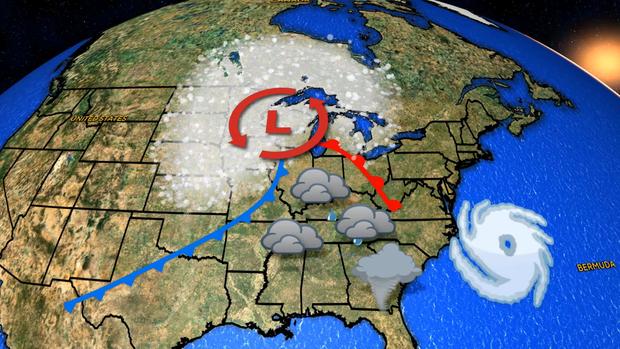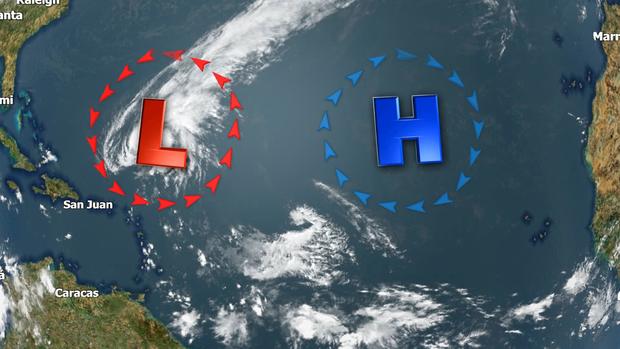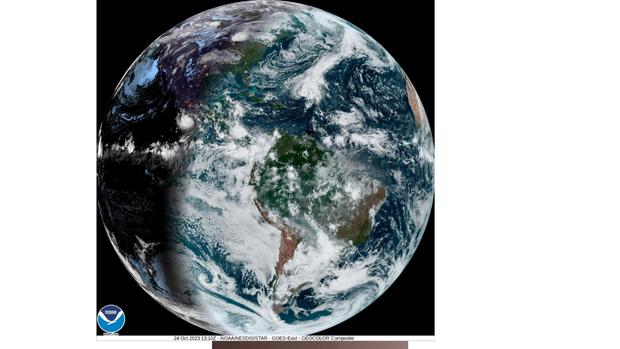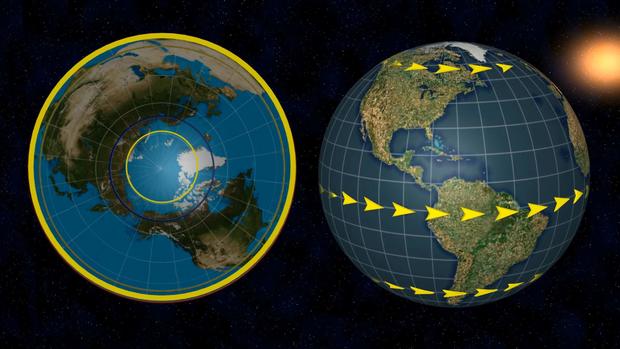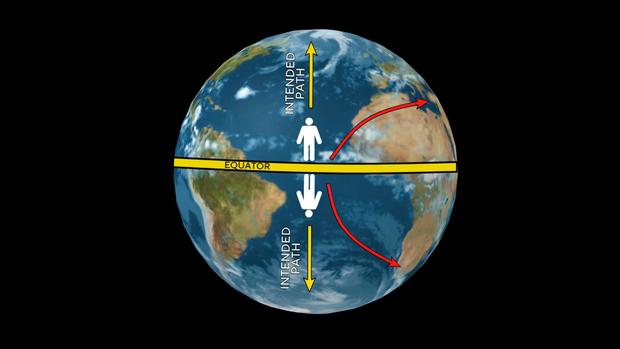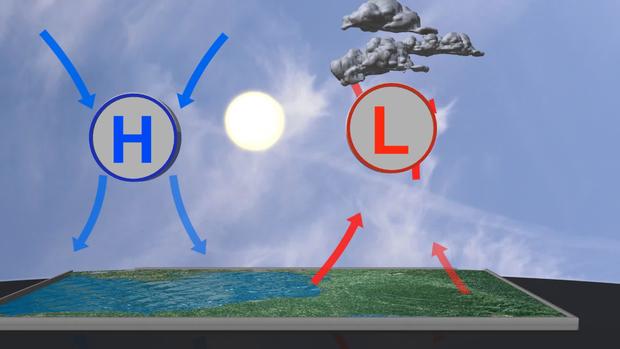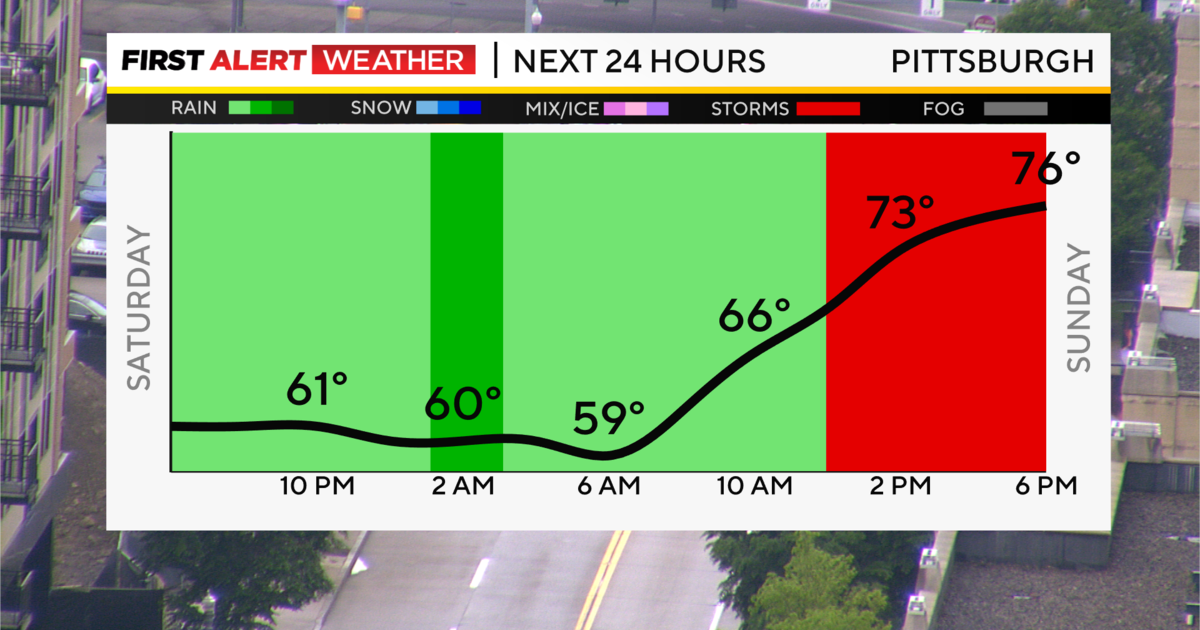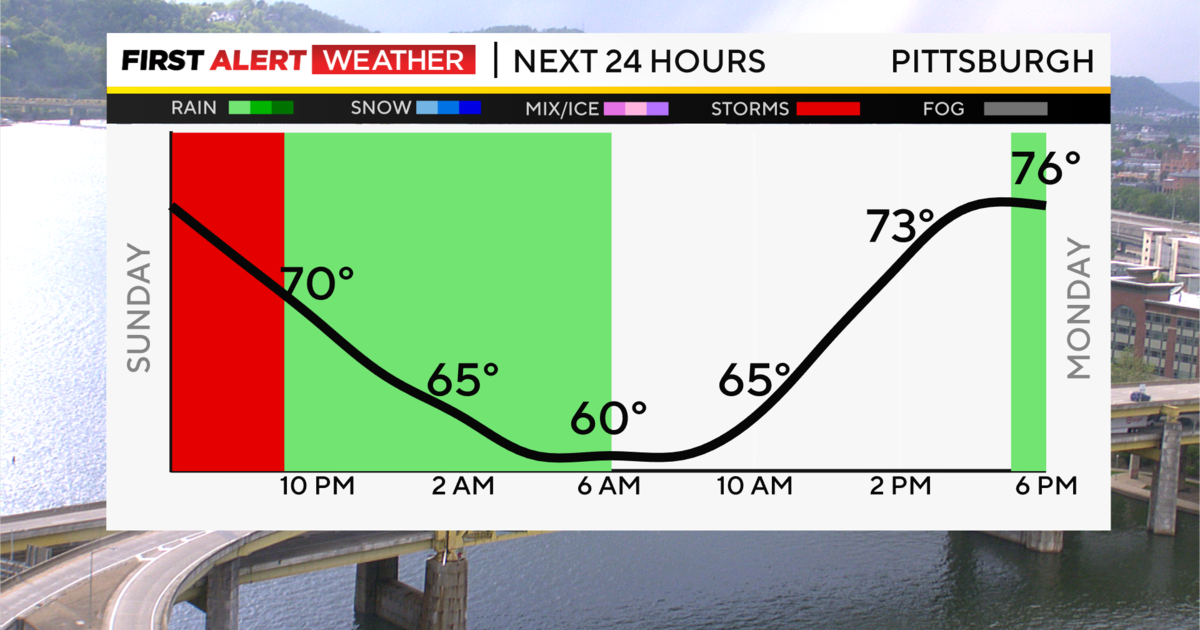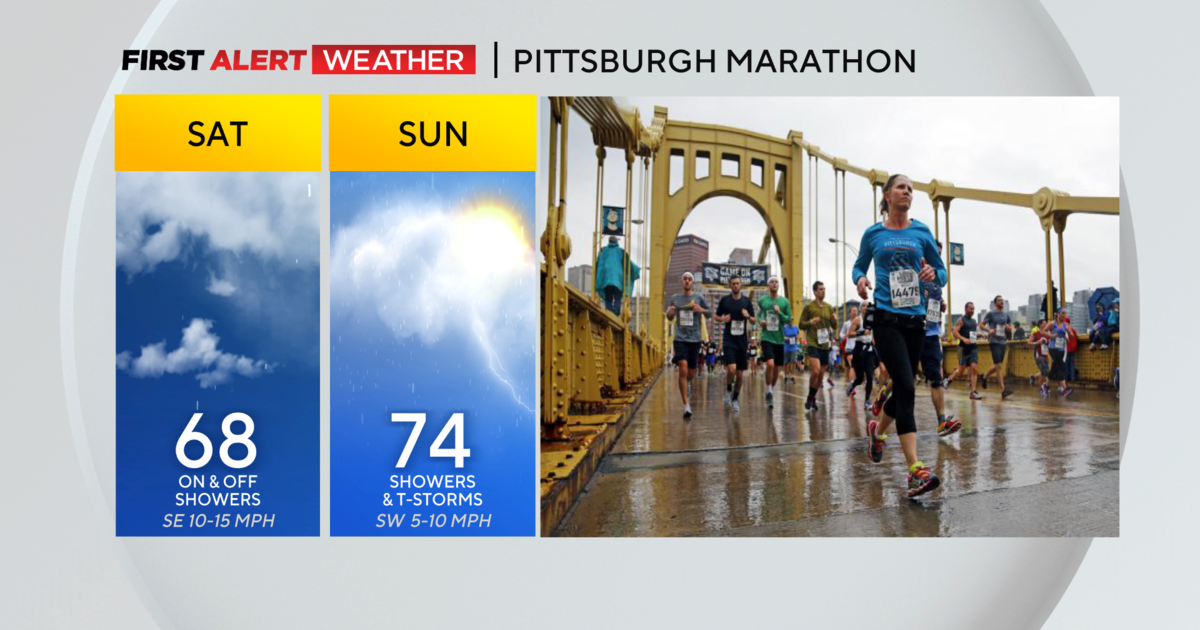Hey Ray: Flip-flopping flow
PITTSBURGH (KDKA) - We talked in the past about how cyclones, or wet and stormy weather flows in the same direction that the Earth is spinning.
Hurricanes, weather systems that bring rain and snow, and even tornadoes are cyclones. These are all-weather systems that flow in the same direction Earth spins.
There is another weather system that is the opposite of a cyclone. They are called anticyclones.
As mentioned, anticyclones are the opposite of a cyclone.
Air flows around them in the opposite direction that Earth spins. In the northern hemisphere, that is clockwise. This causes sinking air that compresses and dries, resulting in nice weather.
This may sound familiar to you because an anticyclone is just an area of high pressure.
That said, I should let you know the opposite is true in the Southern Hemisphere. High pressure and low pressure, or cyclones and anticyclones, flow in opposite directions in the southern hemisphere. That means cyclones, or low pressure, flow clockwise in the southern hemisphere, and high pressure or anticyclones flow counterclockwise in the southern hemisphere.
There's a reason for that.
We know that the Earth spins in an eastward direction because the sun rises in the east and sets in the west.
Now, if we look at the Earth from above, that rotation in the Northern Hemisphere is counterclockwise. If you view that same rotation from the Southern Hemisphere, however, you will find that rotation to be clockwise.
This is important!
As Earth rotates, it has an effect on the things not attached to it, like the weather.
This force is called the Coriolis Force, and it results from the fact the Earth spins faster at the Equator than it does at the Poles. It takes 24 hours for a day to occur in that little circle in the middle. It also takes 24 hours for the larger, outer edge to complete a day.
That means the outer edge, or the equator needs to spin faster, and this results in a turn off the intended path to the right in the Northern Hemisphere and to the left in the Southern Hemisphere.
Now, with low pressure, winds are pulled inward. This inward push and the Coriolis Force causing that circulating air to be deflected to the right makes air to flow counterclockwise in the Northern Hemisphere.
With high pressure, since the air is pushed outward, the Coriolis Force results in a clockwise flow. The opposite is true in the southern hemisphere. The Coriolis Force results in a turn to the left, so the inward push of low pressure causes a clockwise pattern, while the outward push of high pressure results in a counterclockwise pattern.
That is how Earth's rotation, and the hemisphere you are in impacts the way High and Low Pressure flow.
